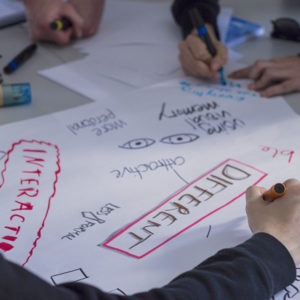What is it?
Strategies and structures for giving, receiving, and incorporating input into an idea, product, or experience.
Why does it matter?
- Giving and receiving feedback helps students to see the value of improvement over completion.
- Structured feedback and revision not only improves student work, but also deepens their understanding of the content.
Getting Started
- Facilitate feedback early and often during a project.
- Use structured feedback protocols to guide student-to-student feedback sessions. Repeat to build comfort levels.
- If possible, use your project rubric as a feedback tool. This draws attention to key learning outcomes and pushes students to think more deeply about their thinking.
- Provide statement starters for students who might struggle with how to word their input.
Feedback should be…
- Kind: Empathetic, considers students’ feelings and vulnerability.
- Specific: Focused on a particular issue rather than a product as a whole.
- Helpful: Provides examples and ideas that can move the work forward to a next step.
Tips & Tricks
- Create opportunities for anonymous feedback.
- Offer statement starters. E.g., “Have you considered… ”
- Incorporate elements of your rubric or learning outcomes to guide feedback.
- If applicable, trade work with other classes.
-

PBL: Feedback & Revision Overview
An introductory slide deck on Feedback and Revision, which includes sample strategies.
Resource -
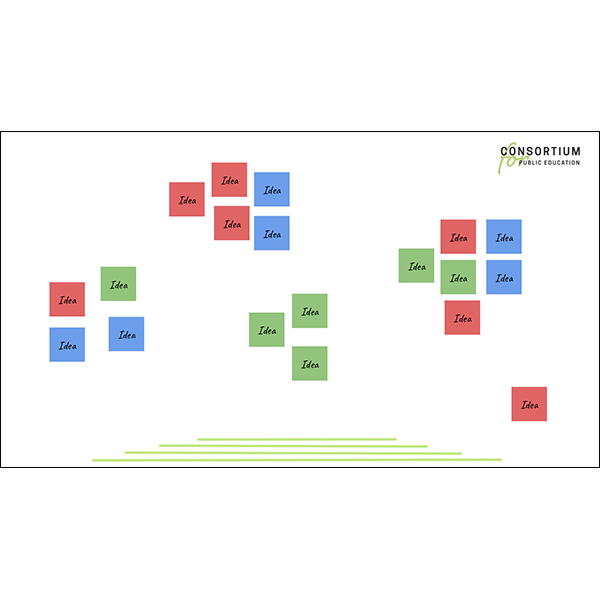
PBL: Rose, Thorn, Bud
A design method for giving and receiving balanced feedback.
Resource -

PBL: The Thinking Hats
A design method with five different lenses for feedback or reflection.
Resource -
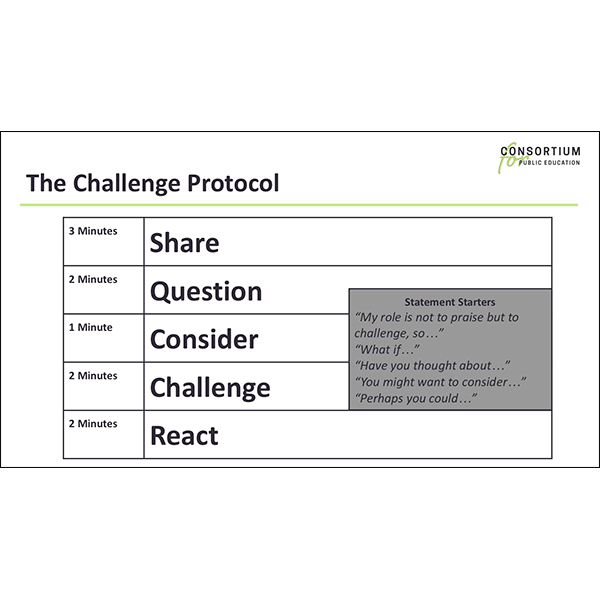
PBL: Challenge Protocol
A timed feedback protocol for small groups.
Resource -
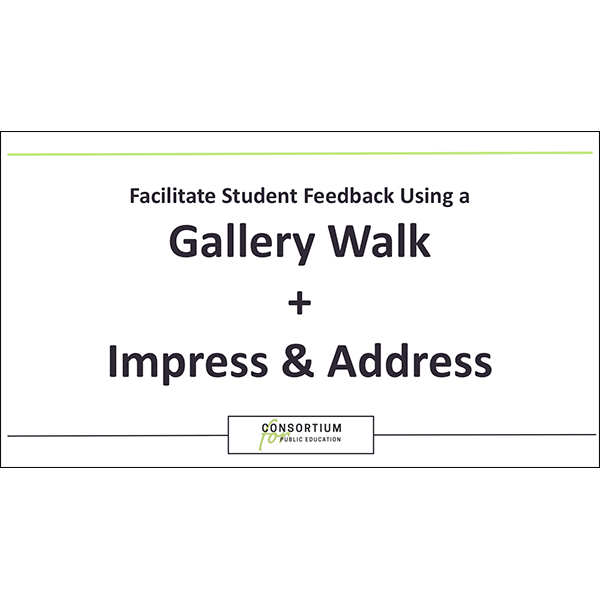
PBL: Gallery Walk + Impress & Address
A slide deck detailing two protocols for gathering anonymous feedback.
Resource -
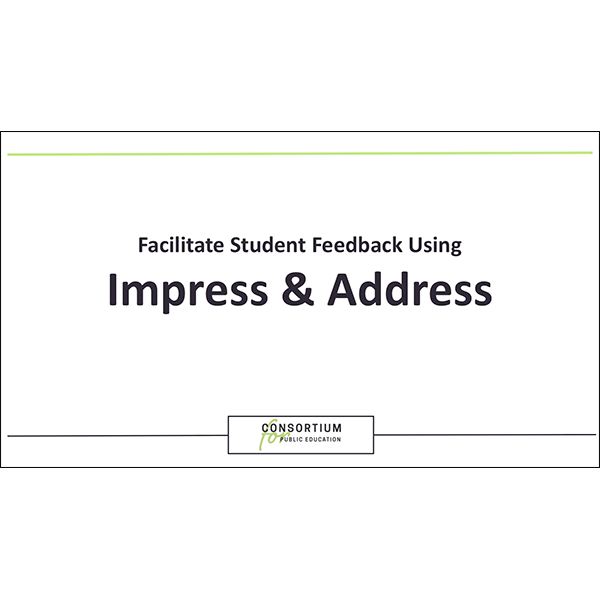
PBL: Impress & Address
A structured method for balanced feedback.
Resource
